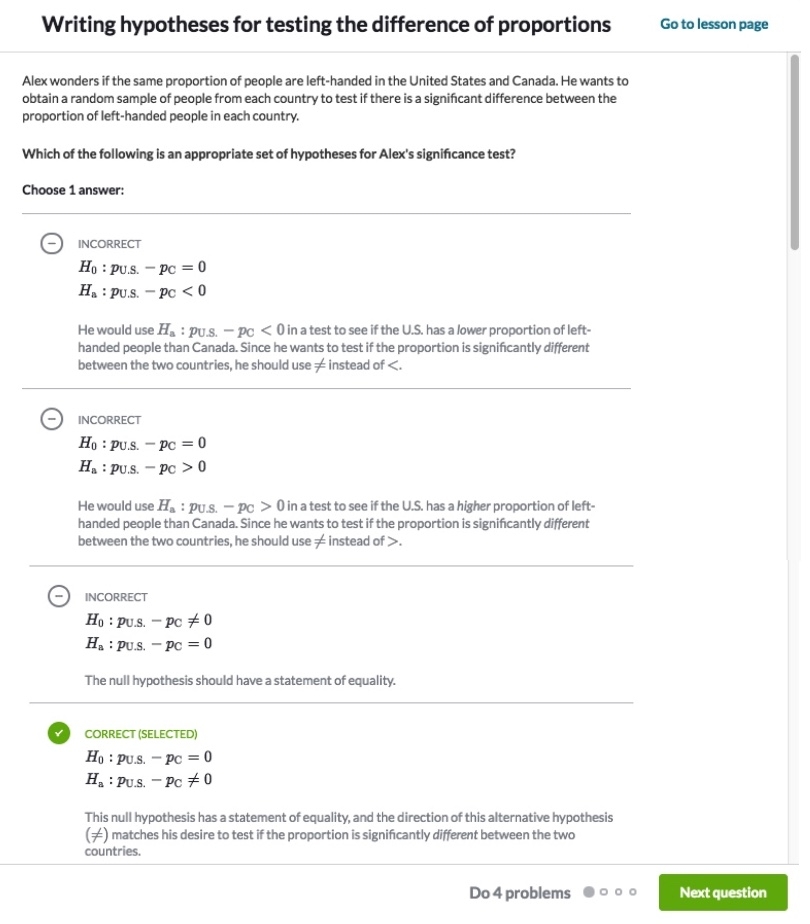In the world of education and assessment, multiple choice questions have become a popular method of testing students’ knowledge and understanding. These questions present a statement or question with a list of possible answers, from which the test taker must select the correct one. While some may argue that multiple choice questions are too simplistic or limit critical thinking, they do serve a purpose in evaluating a student’s grasp of a particular subject matter.
Multiple choice questions are commonly used in standardized tests, quizzes, and exams across various academic disciplines. They offer a structured format that allows for efficient grading and quick feedback for both students and instructors. However, crafting effective multiple choice questions requires careful consideration to ensure that they are fair, clear, and aligned with the learning objectives.
Types of Multiple Choice Questions
There are different types of multiple choice questions that can be used to assess various levels of knowledge and skills. Some questions may simply test factual recall, while others may require critical thinking and problem-solving abilities. For example, true/false questions present a statement that the test taker must determine as either true or false. Another type is multiple response questions, where more than one option may be correct. Matching questions require the test taker to match items from two columns.
One key consideration when creating multiple choice questions is to avoid ambiguity or confusion in the wording of the question or answers. Clarity and precision are essential to ensure that test takers can accurately interpret and respond to the question. Additionally, the distractors (incorrect answer choices) should be plausible and reflective of common misconceptions to truly test the student’s understanding of the material.
Another important aspect of multiple choice questions is the concept of “test-wiseness,” where students may use strategies to improve their chances of selecting the correct answer. Educators must be mindful of this and design questions that require genuine knowledge and comprehension rather than just test-taking skills. Providing feedback on incorrect answers can also aid in the learning process and help students understand their mistakes.
In conclusion, multiple choice questions are a valuable tool for assessing student learning and understanding in various academic settings. When constructed thoughtfully and aligned with learning objectives, they can provide valuable insights into a student’s knowledge and skills. By being mindful of question design, clarity, and fairness, educators can effectively use multiple choice questions to evaluate student performance and promote meaningful learning outcomes.
